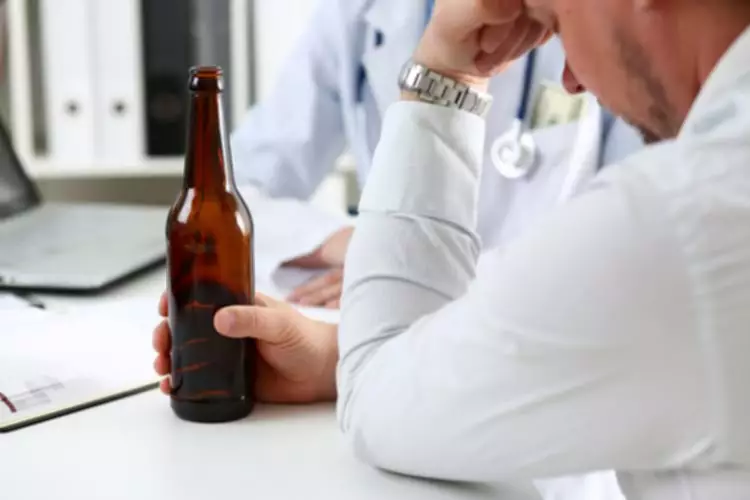
A person caring for you should give naloxone and/or seek emergency medical attention if you have slow breathing with long pauses, blue-colored lips, or if you are hard to wake up. Oxycodone can cause serious unwanted effects if taken by adults who are not used to strong opioid pain medicines, children, or pets. Make sure you store the medicine in a safe and secure place to prevent others from getting it. Taking more than the prescribed dosage, taking the drug for longer than recommended by a doctor, or ingesting the drug through chewing, injecting, or snorting marijuana addiction all constitute abuse of oxycodone.

How to relieve urinary tract infection (UTI) pain
Inform patients that anaphylaxis has been reported with ingredients contained in OXYCONTIN. Advise patients how to recognize such a reaction and when to seek medical attention see CONTRAINDICATIONS and ADVERSE REACTIONS. Advise the patient to read the FDA-approved patient labeling (PATIENT INFORMATION).
Which drugs interact with oxycodone?
OxyContin is prescribed for several types of pain, ranging from arthritis to injuries. Sometimes, people abuse this medication because of its euphoric effect. Even with a prescription, medications like OxyContin can lead to dependence and abuse. It is important to always take this medication exactly as prescribed and for as short as possible.

Brand names of combination products
People may begin to take their medication differently than prescribed or without a prescription, which can quickly snowball into a serious addiction. Other, more recent studies that examine additional factors indicate those how addictive Is oxycontin rates are far higher among specific populations. A study published in the Journal of the American Osteopathic Association, for example, cites the rates of adverse effects of opiate medications to be somewhere around 30%.

Risks Of Use In Patients With Increased Intracranial Pressure, Brain Tumors, Head Injury, Or Impaired Consciousness
Healthcare practitioners frequently describe struggling to strike a balance between reducing the risk of addiction and providing appropriate pain management. The intricate nature of opioid addiction rehabilitation is shown by the fact that recovery from oxycodone addiction frequently entails extensive treatment programs that include counselling, medication-assisted therapy, and support groups. To avoid OxyContin addiction, it’s important that patients take this opioid analgesic exactly as directed by their doctor. OxyContin, even when taken as prescribed, has a high potential for abuse and addiction, but you lower those risks by following your prescription. Patients are warned never to take more OxyContin than prescribed or to take it in ways other than how it’s intended to be used.
- Medication-Assisted Treatment is a crucial element of treating oxycodone addiction since it facilitates lessening the harsh withdrawal symptoms that people who stop consuming the drug regularly experience.
- Check the product package insert for indications and usage for each product.
- Results support that, relative to original OxyContin, there is an increase in the ability of OXYCONTIN to resist crushing, breaking, and dissolution using a variety of tools and solvents.
- Small doses of oxycodone produce euphoria, but larger amounts can slow breathing to dangerous levels—also known as respiratory depression.
Similarly, plan how you will dispose of remaining medication after your pain has eased. Keeping opioids around the house is not safe and increases the chances that they may be misused. Recognizing oxycodone addiction symptoms is a crucial first step toward seeking help and starting the journey to recovery. Addiction to this potent opioid can manifest in various ways, often encompassing physical and behavioral symptoms. Join us as we navigate the murky waters of oxycodone addiction, shedding light on its causes, symptoms, consequences, and possible solutions. By answering the question “How addictive is oxycodone,” we aim to foster understanding and awareness, empowering our readers to make informed decisions about their pain management strategies.

- Manifestations of histamine release and/or peripheral vasodilation may include pruritus, flushing, red eyes, sweating, and/or orthostatic hypotension.
- After all, “patients who are treated by doctors” could simply refer to those receiving prescriptions from doctors.
- About 60% to 87% of an oral dose of oxycodone reaches the central compartment in comparison to a parenteral dose.
- Regardless of the patient’s initial need for pain treatment, addiction can develop.
- Oxycodone produces peripheral vasodilation which may result in orthostatic hypotension or syncope.
- Many people start using OxyContin with a valid prescription but end themselves stuck in a cycle of addiction.
- Most treatment programs also help patients find support after treatment.
Chronic OxyContin misuse causes complex physiological and neurological problems, also called “neuro-adaptations.”10 These changes are simply the body’s way of adjusting to or compensating for the effects of drugs. Certain brain processes occur when you ingest opioids, like OxyContin, which may result in dependency or addiction. Following a successful inpatient program, outpatient treatment is for those comfortable enough to re-enter their social circles without fear of relapse. Outpatient treatments allow for counseling as well as groups to provide support and accountability. OxyContin is a very difficult addiction to recover from, but there are many people willing and ready to help you get back on track.
